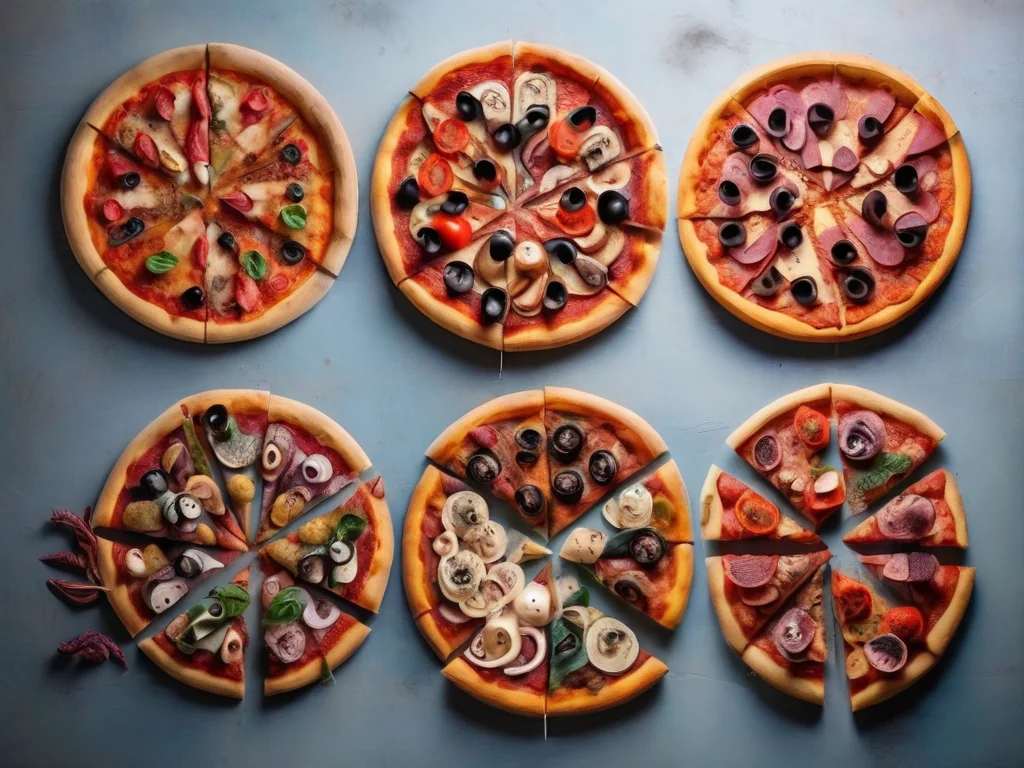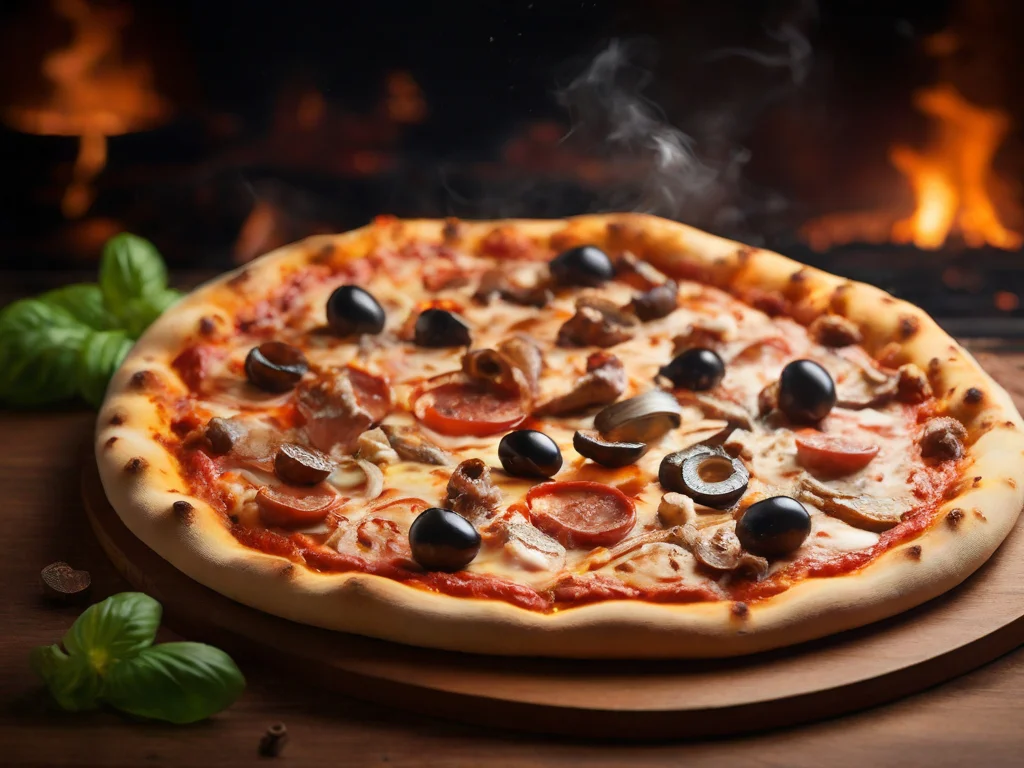Persian cuisine, with its rich history and diverse influences, offers a delightful journey for the taste buds. From aromatic rice dishes to succulent kebabs and sweet delicacies, Persian foods have a unique charm that reflects the country’s cultural tapestry. Let’s dive into the fascinating world of Persian cuisine and discover some fun facts about its renowned dishes.
Rice, the Crown Jewel
Persian cuisine is synonymous with rice, and it takes center stage in many dishes. The preparation of rice is an art form in itself, and one of the most beloved rice dishes is “Chelow.” Interestingly, the crispy layer of rice at the bottom of the pot, known as “Tahdig,” is a prized delicacy, eagerly anticipated by those lucky enough to savor it.
Kebabs Galore
Persian kebabs are renowned worldwide for their unique flavors and preparation methods. One standout is the “Barg Kebab,” made with marinated and grilled slices of tenderloin or sirloin. The meticulous marination process often involves a combination of saffron, yogurt, and spices, resulting in a succulent and aromatic dish.
The Magical Herb
Persian cuisine makes generous use of fresh herbs, and one herb that stands out is “Sabzi Khordan.” It’s a platter of fresh herbs like mint, cilantro, and basil, served with feta cheese, radishes, and scallions. Iranians believe that consuming Sabzi Khordan helps balance the body’s humors and promotes well-being.
Sweet Sensations
Persian desserts are a celebration of sweetness and intricate flavors. The popular “Gaz,” a nougat made with pistachios and rosewater, has a history dating back centuries. Another treat, “Faloodeh,” is a refreshing cold dessert made with thin vermicelli noodles, sugar syrup, and lime juice, creating a delightful contrast of textures and tastes.
Tea Culture
Tea is an integral part of Persian hospitality and culture. Iranians take pride in their tea, typically served in small glasses with sugar cubes held between the teeth while sipping. The most common tea is “Chai Sabz,” a black tea brewed to perfection and often enjoyed with pastries or sweets.
Diverse Influences
Persian cuisine has been shaped by a myriad of influences over the centuries. The Silk Road trade routes brought spices and culinary techniques from India and China, while the Mongols introduced the concept of kebabs. The result is a harmonious blend of flavors that reflects the cultural diversity of Iran.
Fesenjan – A Royal Dish
Fesenjan, a hearty stew made with pomegranate paste, ground walnuts, and poultry, is considered a royal dish with roots in ancient Persia. It showcases the intricate balance of sweet and tangy flavors, making it a cherished part of Persian culinary heritage.
Saffron Splendor
Iran produces more than 90% of the world’s saffron, and this prized spice is an essential ingredient in Persian cuisine. Saffron adds a distinctive golden hue and a subtle, floral flavor to many dishes, including rice, stews, and desserts.
Persian cuisine is a testament to the rich history and cultural diversity of Iran. From the fragrant rice dishes to the aromatic kebabs and sweet delicacies, each bite tells a story of tradition, hospitality, and the artistry of Persian culinary expertise. So, the next time you savor a Persian dish, remember the fascinating fun facts that add an extra layer of flavor to this culinary adventure.



